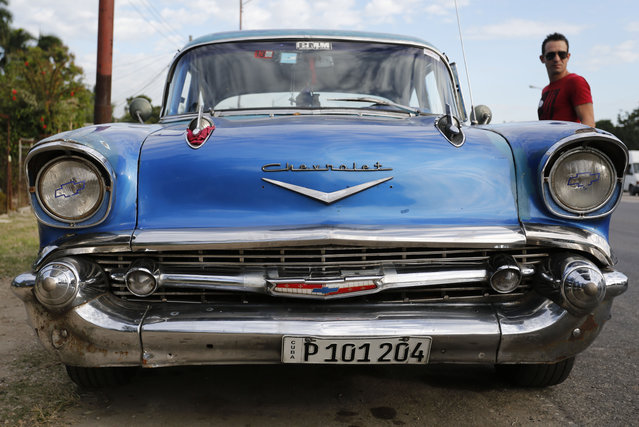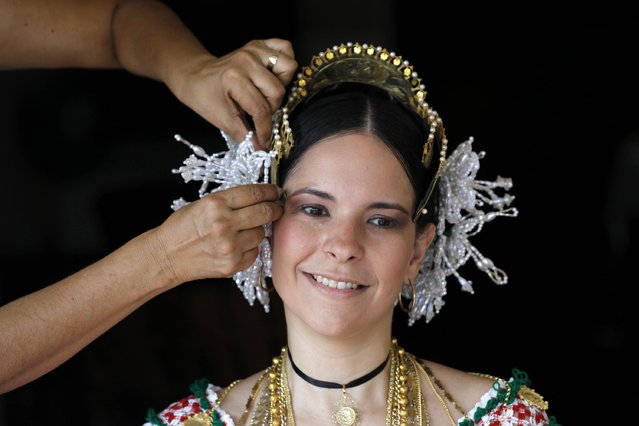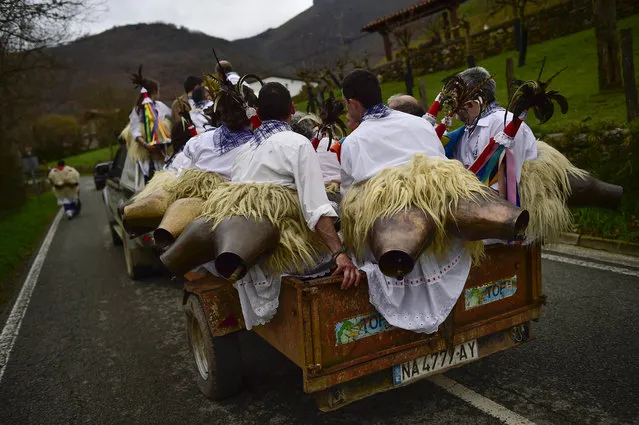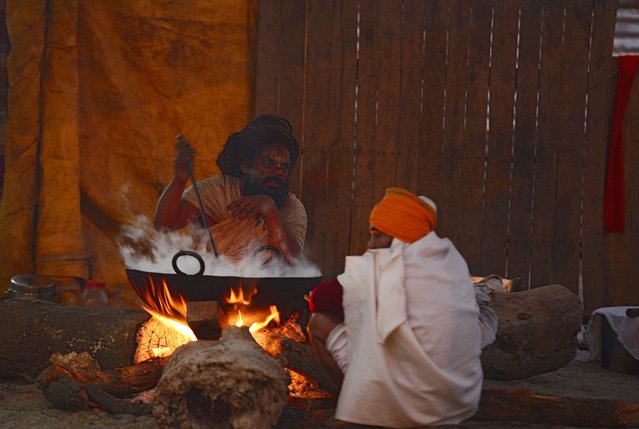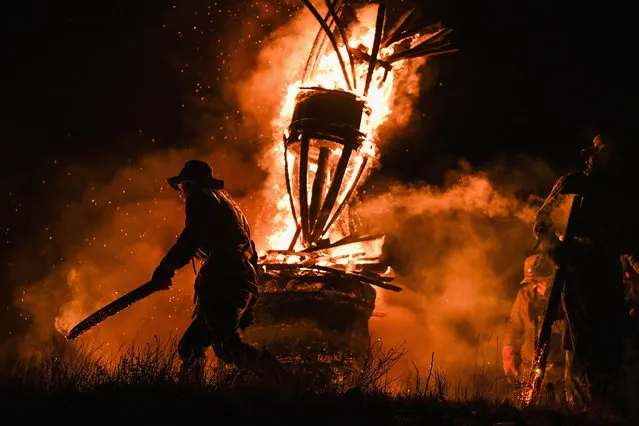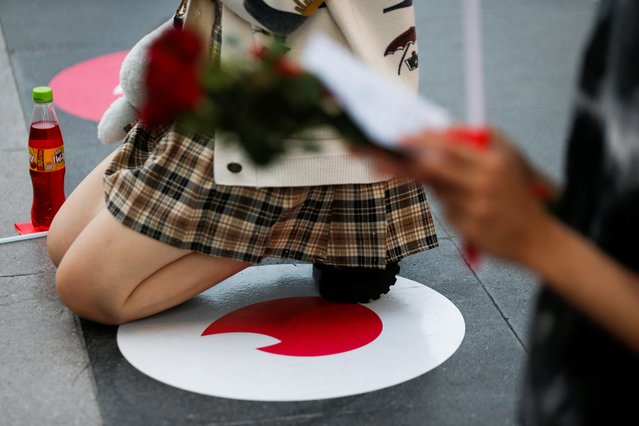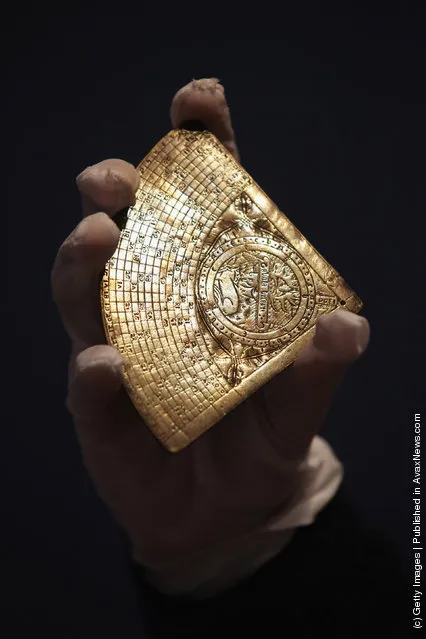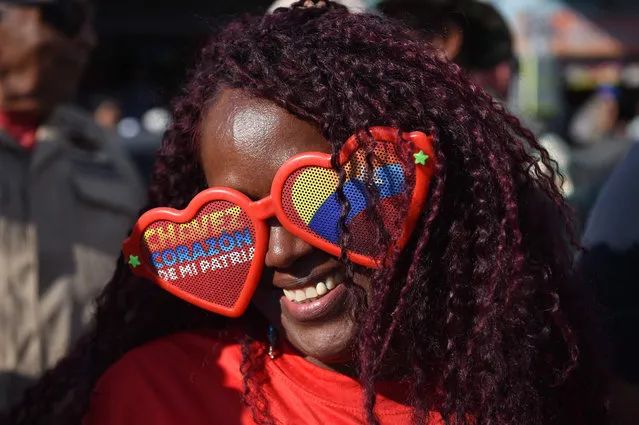
A woman wears glasses in support of late Venezuelan President Hugo Chavez during a caravan to carry Chavez's cadet saber and his dagger to the mausoleum where the politician's remains are laid to rest, in Caracas on March 15, 2023. The caravan traveled some 9 kilometers through the streets of Caracas to the Cuartel de la Montaña, also known as the Cuartel 4 de Febrero, as a reminder of the date of the failed coup led by Chavez on February 4, 1992. (Photo by Miguel Zambrano/AFP Photo)
06 Apr 2023 03:34:00,post received
0 comments

